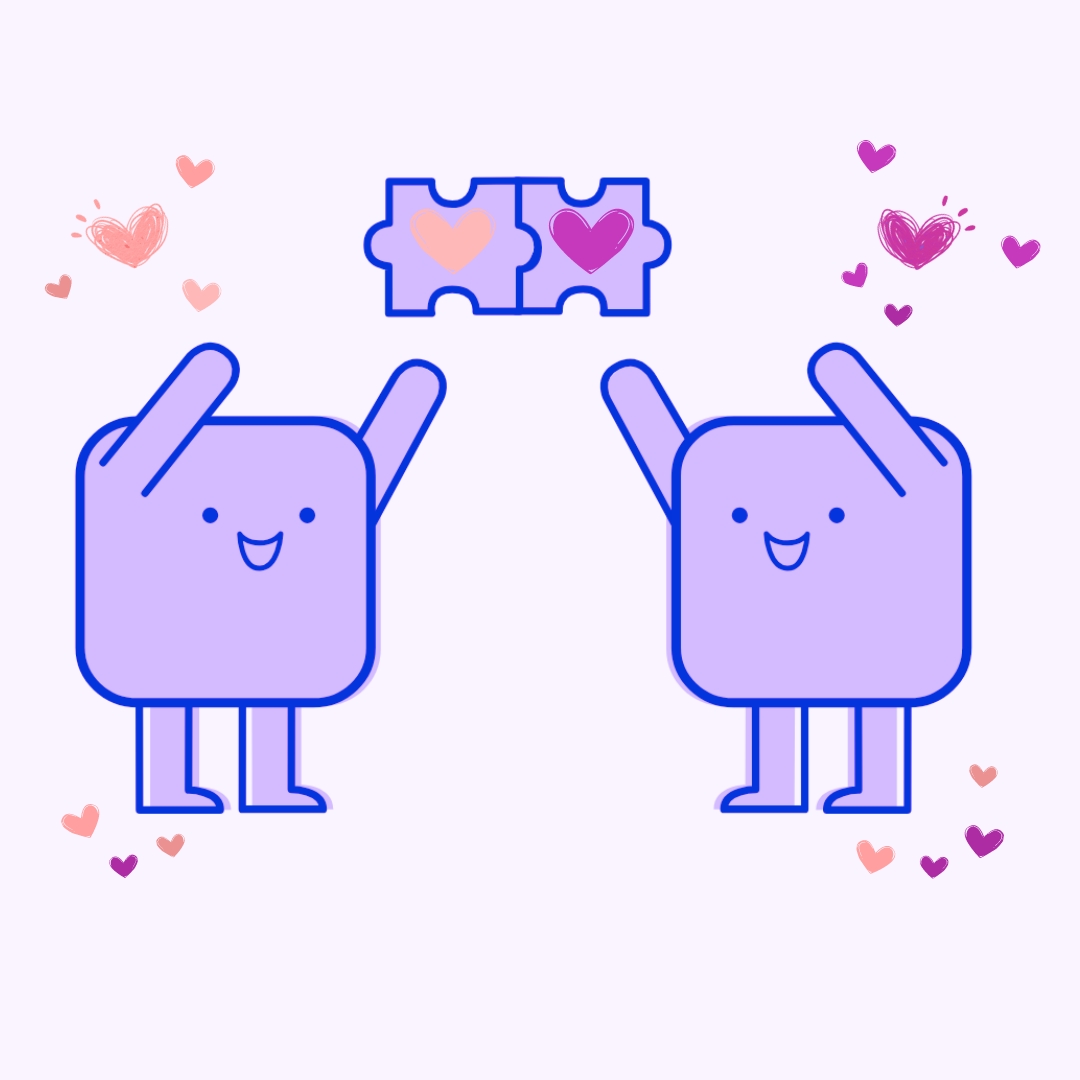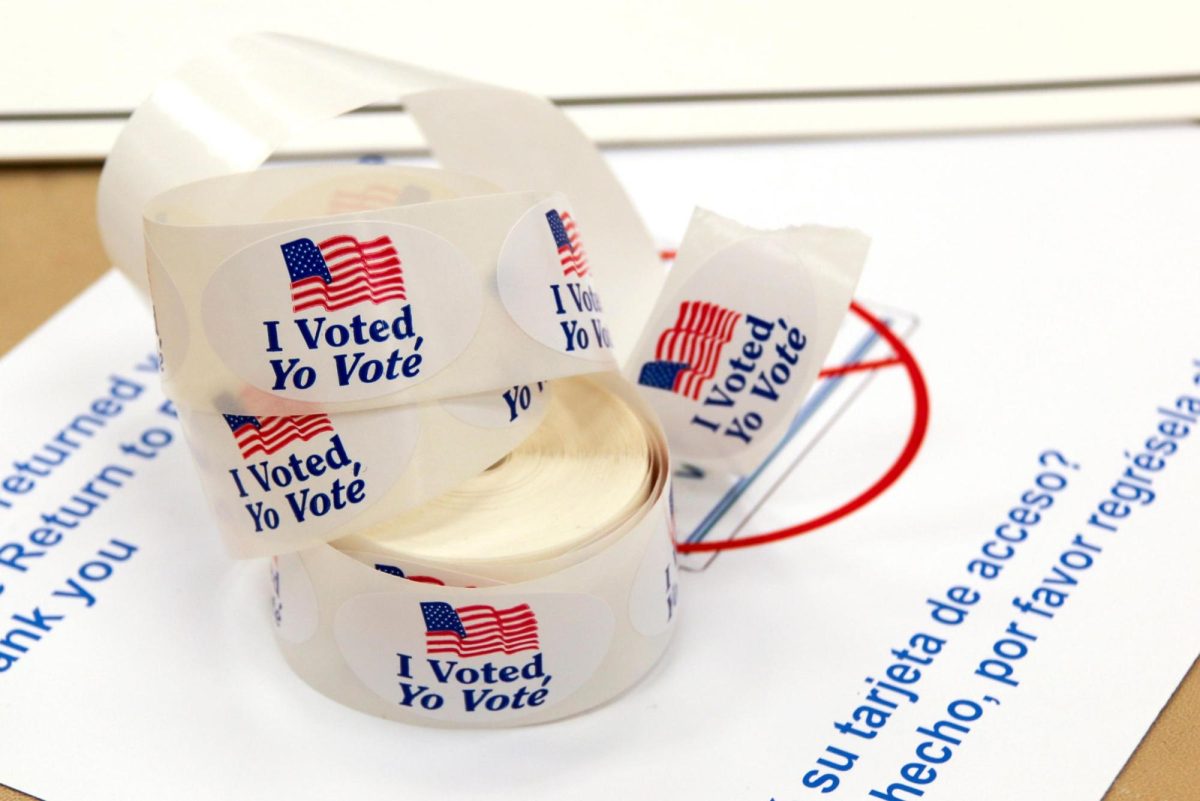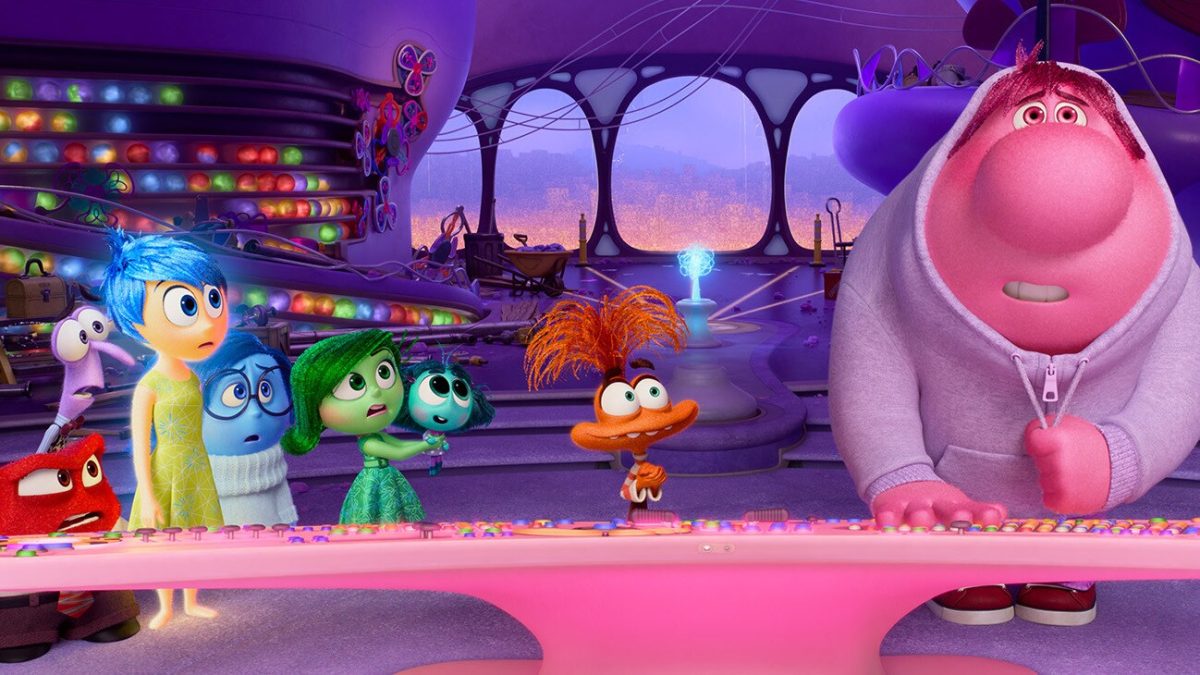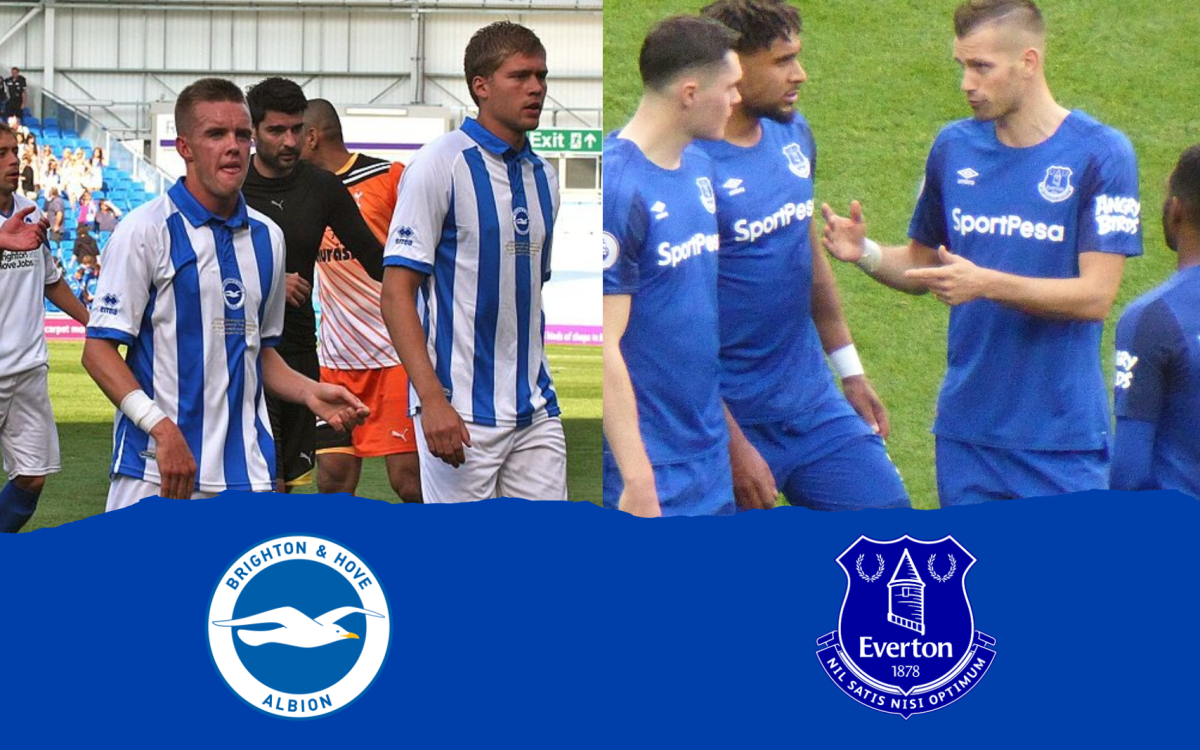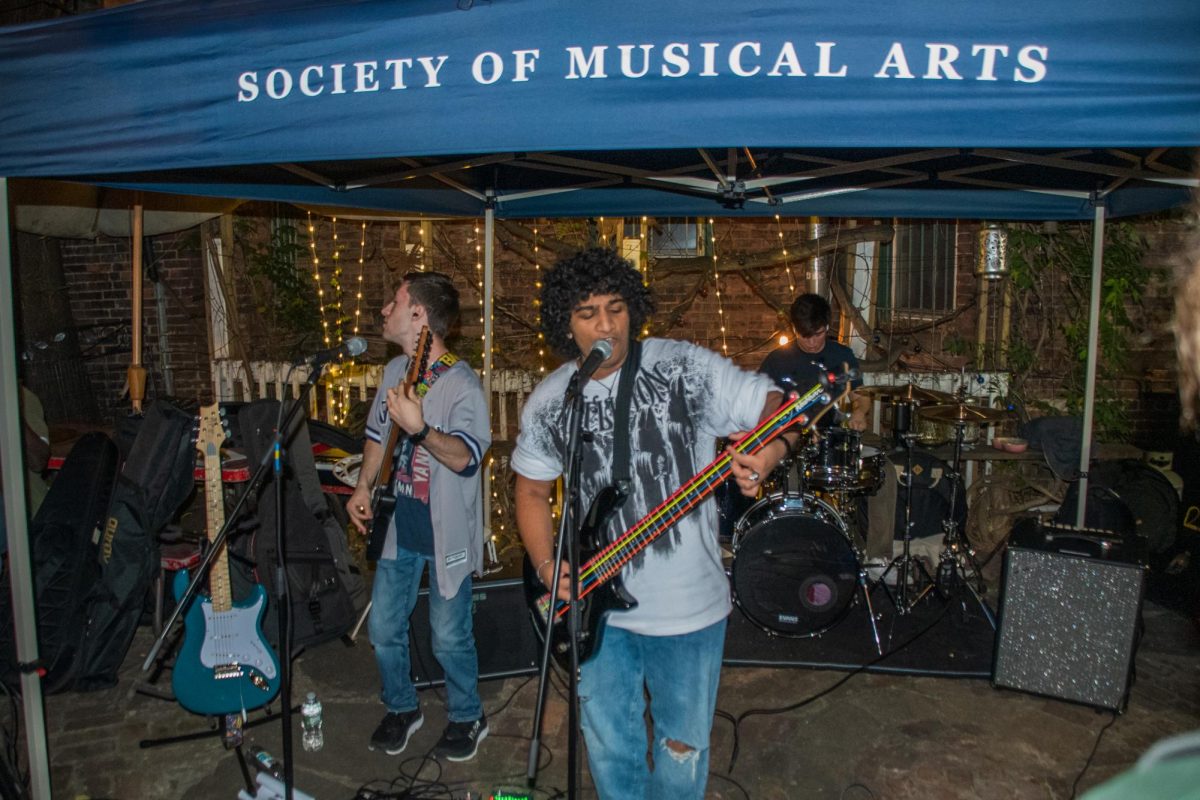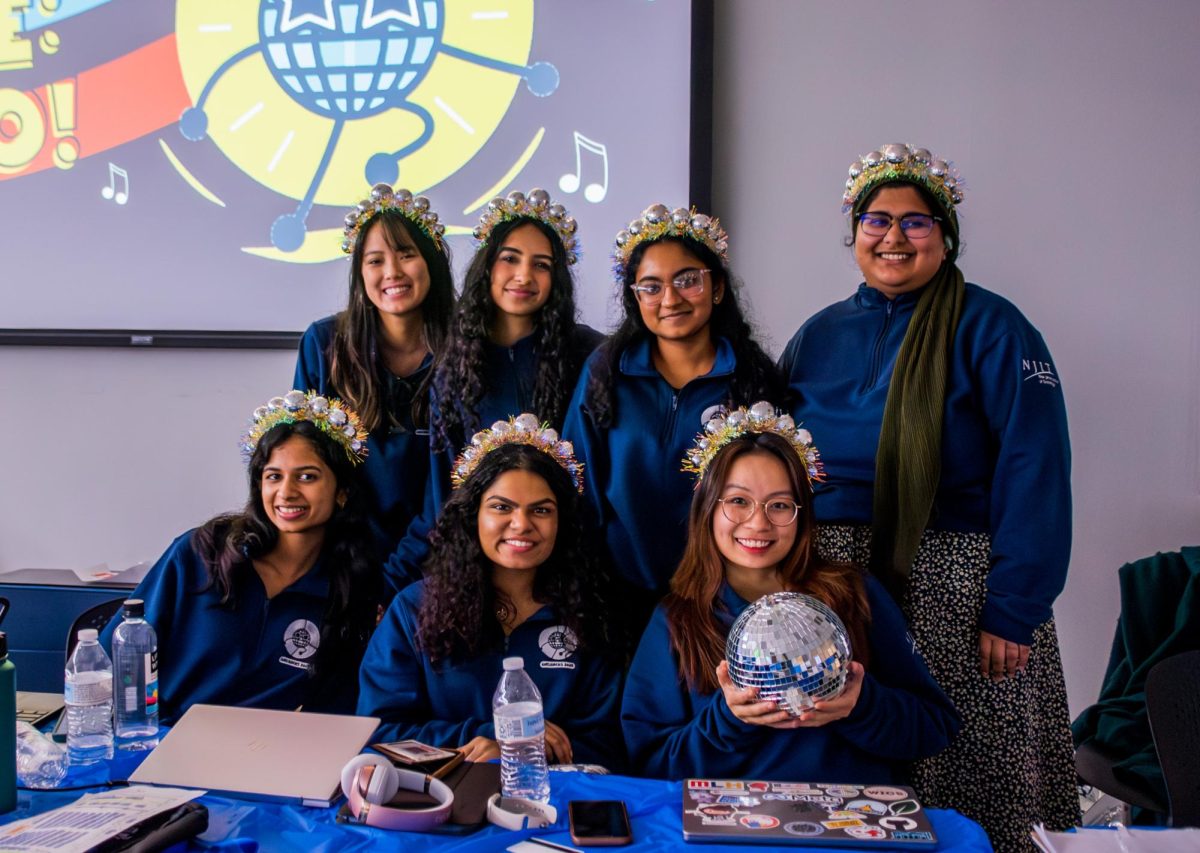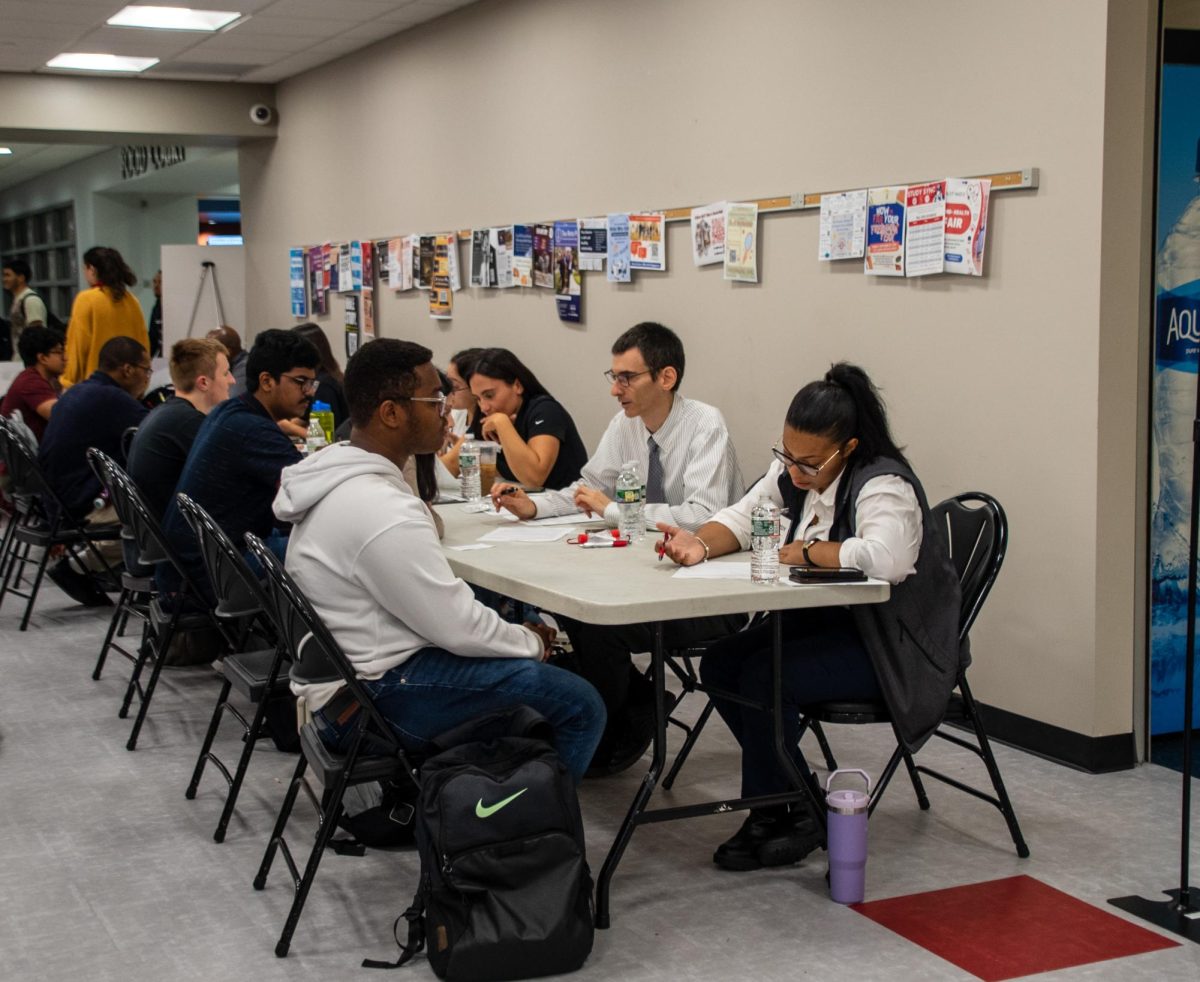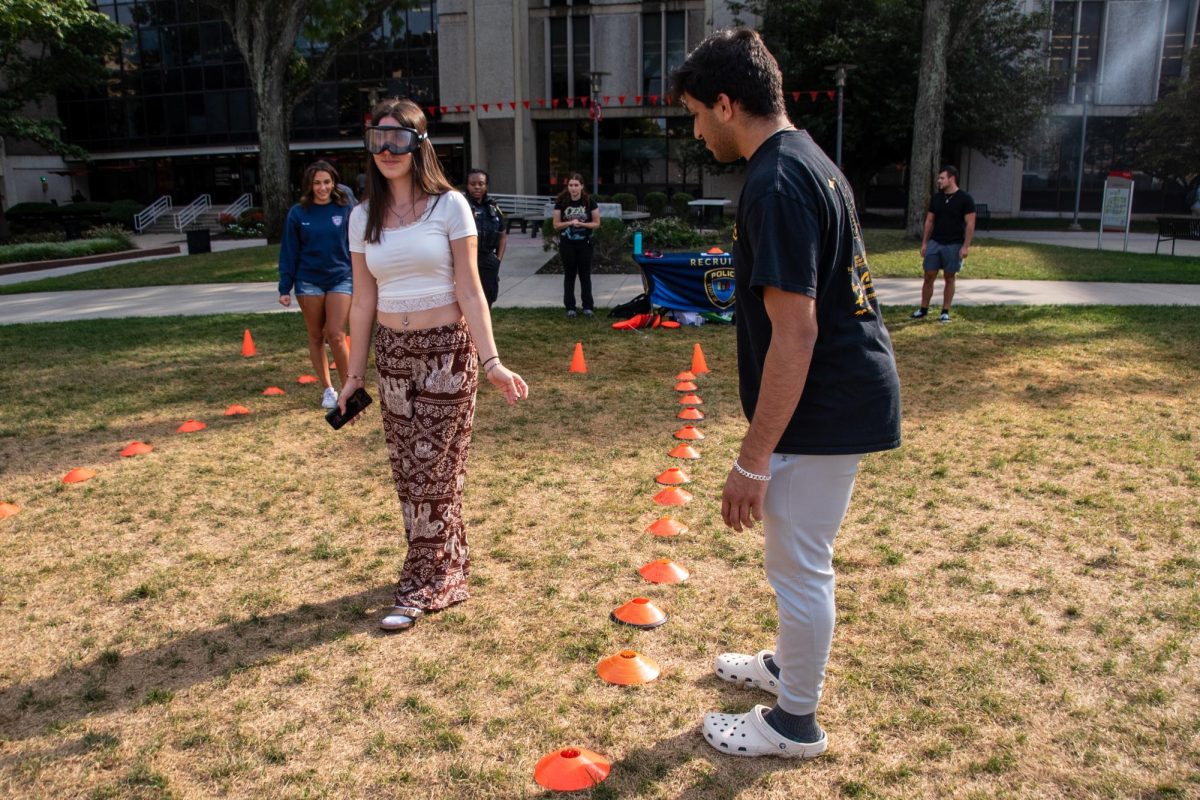In this age of self-reflection, tools that serve as identity definitions are becoming increasingly popular. The Enneagram is a unique online personality test that characterizes people into nine distinct types representing the essence of people. Unlike other tests, the Enneagram is coined to unveil the flaws and strengths of each of the nine human archetypes through our coping addictions and defense mechanisms. Under the performer name Sleeping at Last, Ryan O’Neal released the album, “Atlas: Enneagram,” 2019 to focus on each of the nine human archetypes for character structure. O’Neal wrote this album as a safe place to discover the inner workings of our development. “Atlas: Enneagram” is comprised of nine songs that are sung through the perspective of each personality type, consisting of stories of the hardships and emotional endurance each type faces in life.
“One” – One’s personality can be characterized as “the reformer,” someone who strives for principal excellence as a moral duty. As children, Ones connected the notion of earning titles, awards and words of affirmation to equal love. They have an inner ache from the idealism that their world needs to be perfect. The haunting melodies of “One” portray the vulnerability of wanting to be appreciated for their effort, yet never being enough in their own eyes. “One” is told in a conversational format between the One and their own inner critic, where in the lyrics you can hear the interruptions and disagreements between them. After fighting to be heard by their inner voice, the One in the song finally interrupts with “hold on let me finish,” gaining control of their fears. This resentment that One feels is a mental preoccupation with them feeling like they are not good enough.
“Two” – Twos are labeled as “the helpers,” as they strive for love through self-sacrifice. “Two” is written as a love letter from the Two’s perspective to themselves, telling the story of a Two struggling with identity and love, learning not to diminish their needs. As children, Twos were rejected by their caregivers and assumed the nurturing stance to replace the protection lost by the child. While composing “Two,” O’Neal concentrates on the orchestra and hauntingly beautiful piano chords to emphasize the self-destructive nature of a Two. A nod to the empath antenna that Twos possess is the lyrics “tell me, is something wrong? If something’s wrong, you can count on me. You know I’ll take my heart clean apart if it helps yours beat.” “Two” is a grandiose piece of love and vulnerability, and this song honors the force of love that Twos are in this world.
“Three” – Threes are natural born leaders and are named “the achiever.” These people strive for appreciative recognition through curated success. Threes are disconnected from their own hearts due to trauma. In their childhood, Threes were admired by their caregiver, and they equated that to the idea of love as shown in the lyrics “maybe I’ve done enough, and your golden child grew up. Maybe this trophy isn’t real love.” The combination of pianoforte and vibrato violin amplifies the vulnerability that Threes have because while their success is incredible, it is not essential to the value of who they are. O’Neal uses a different tactic in “Three” by including no chorus and instead only three verses with three self-realizations that the Three is worthy of love. At the end, they come to the realization that “for the first time I see an image of my brokenness. Utterly worthy of love.”
“Four” – Out of all the Enneagram personalities, Four is the one that is most in touch with their emotions, with the name “the individualist.” Fours are known to have a fundamental need to be unique and a drive to uncover their own essence. O’Neal wrote the lyrics to be poetic and have a visual aesthetic, to describe the Four’s ache to be understood. In the lyrics, “what if we already are who we’ve been dying to become. In certain light I can plainly see a reflection of magnificence hidden in you, maybe even in me,” the Four has this newfound realization that the significance and beauty they have discovered in others is in themselves, too. Fours had to embrace their empathic nature and emotional intelligence in attempts to sway the feeling of loneliness from their youth.
“Five” – These are “the observers” who are always looking for answers, analyzing and problem-solving their way through life. The utilitarianism of the Five is their very sensible practicality; they are known to overthink their pain because they are such keen observers of human behavior. Five’s coping mechanism of hiding behind this armor around their hearts as a way not to be hurt is described in the lines “a white flag waves in the dark between my head and my heart. My armor falls apart, as if I could let myself be seen, even deeply known. Like I was already brave enough to let go.” In “Five,” O’Neal uses vivid imagery and wrote the lyrics in paragraph format, as a tribute to the Five’s researcher tactics. He also chose to not include lyrics until halfway through the song to emphasize the crescendo of orchestra instrumentals towards the lyrics.
“Six” – Sixes are best described as “the loyalists” or the guardians of all the enneagram. Composed as a waltz, “Six” captures the loyalty and courage of a Six to protect those they love before themselves. The provocative notes of a small orchestra coordinate with the sad underlying tones of this song. To understand the Six’s character structure you must recognize that their basic fear is not having the support or guidance that they need. In childhood, they would attach to their caregiver, and they viewed that protective energy as love. The lyrics “oh God I’m so tired of being afraid. What would it feel like to put this baggage down? If I’m being honest, I’m not sure I’d know how” describes the Six reaching a breaking point from the anxiety of having too much sway in them. Sixes’ need to protect and be a sanctuary for loved ones at the risk of losing themselves is displayed in the ending lines, “No, I choose to believe that I was made to become a sanctuary. Fear won’t go away, but I can keep it at bay.”
“Seven” – Sevens are known as “the enthusiasts.” This type tends to lean towards the extroverted side; they are high spirited and are always seeking new experiences. Their overzealous need to be on the move and seek overwhelming positivity comes from the stress fractures on their souls. Their caregiver let go too soon in their youth, and that pain is clearly heard in the lyrics “I needed your heart to feel mine, so why did you take it because when you took it mine went with you.” To separate themselves from the pain, Sevens fill their lives with provocative things to do. O’Neal took an interesting route when composing “Seven” by telling their redemption story through three repeated mantras: “I’m restless” in the first chorus, “I’m hungry” in second chorus and “I’m ready” in third chorus. The mantras define Seven’s new perspective, finding that some of the best parts of life can be found exactly where you are on the other side of pain.
“Eight” – As “the challenger,” Eights are renowned for being a force to be reckoned with since they are very protective of their heart and their loved ones. This basic fear of letting themselves be emotionally vulnerable is derived from their youth, where a caregiver was emotionally unavailable which left the Eight to assume their role. O’Neal wanted to emphasize the emotional shield that Eights wear in his lyrics, “I was just a kid who grew up strong enough to pick this armor up, and suddenly it fit. God, that was so long ago. I was little, I was weak and perfectly naïve and I grew up too quick.” Additionally, he used a variation of musical affirmations such as staccato rhythm in the first half of the song to resemble musical stabs chipping away at the Eight’s armor. He chooses to end the song by revealing that the Eight is ready to be vulnerable.
“Nine” – Nines are known as “the peacemakers,” and are typically the mediators of the group. They are caring, optimistic individuals that tend to see the best in everyone. While Nines are perpetually known for keeping the peace, this comes with a burden of mental numbness from concentrating on others than themselves. O’Neal identifies as a Nine himself and tries to convey his own past experiences through this song. You can hear the emotional depth of sadness from carrying this stressful weight through the lyrics “It looks like empathy to understand all sides, but I’m just trying to find myself through someone else’s eyes.” Nines tend to repress their anger and hide it from themselves as if it is a guitar string of frustration that will release this intense eruption of anger if it is ever plucked. This instinct to repress their emotions is from their childhood wound of parents splitting up and trying to bridge the gap between those two caregivers.
Each song in “Atlas: Enneagram” is meant to help us see ourselves from a different perspective, showing the ugliest parts of ourselves, because we can only try to fix something while knowing the root cause. The nine human archetypes are meant to only guide us into learning our originality and essence. It is even common to relate to several of the types, but one type may stand out to you more because of the shared pain from childhood. O’Neal wrote this album as nine redemptive stories for each type, bringing light to our emotional pain we endured throughout our lives that molded us to be the people we are today.










